I Refuse to Let Heartless Parents Ruin My Daughter’s Birthday
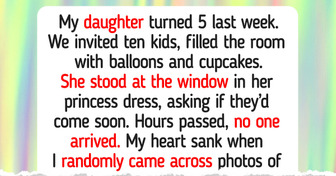
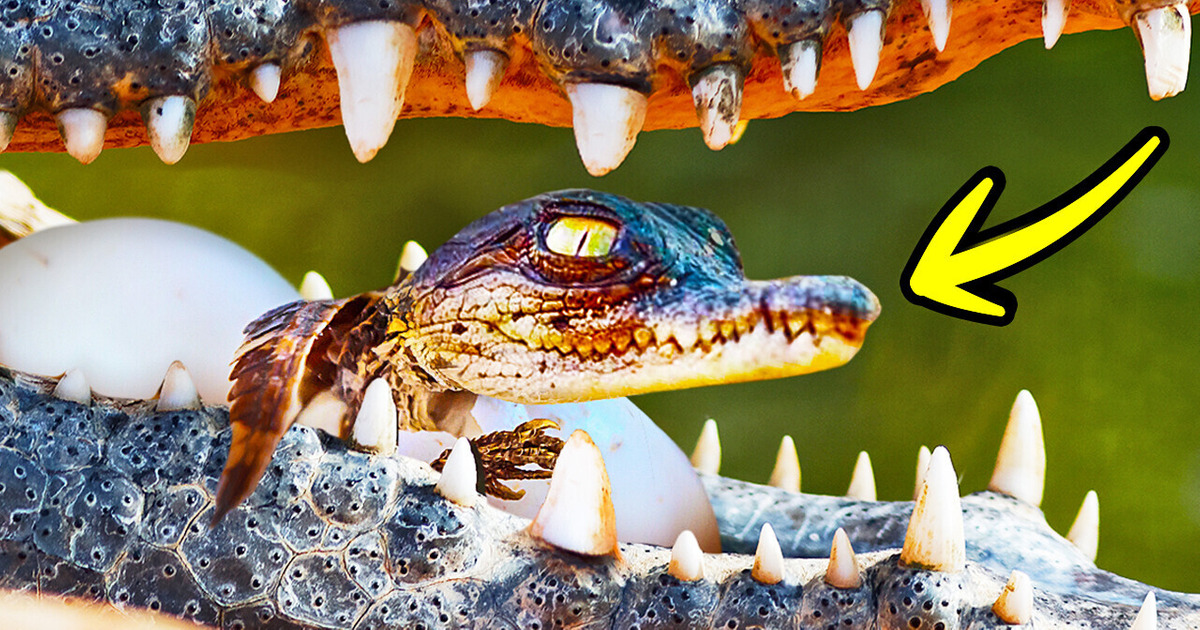
Despite their cold-blooded nature, crocodiles and alligators are some of the most caring and gentle parents in the animal world. Females of these frightening animals lay from 10 to 60 eggs at a time and then bury their eggs in riverside nests. They build the nests out of plants they break off with their teeth and push together using back legs. Then croc moms patiently wait for up to three months, protecting their future babies from any danger.
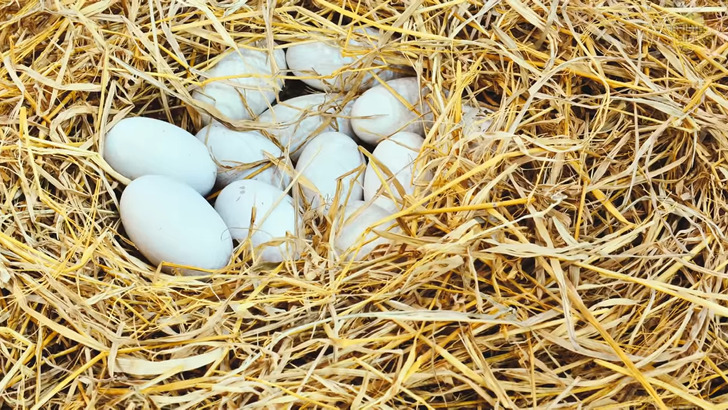
Although crocodiles themselves are very strong and frightening animals, they don’t hesitate to hire special babysitters to protect their nests — the water thick-knees. It might seem a risky deal, but these birds have formed a win-win alliance with crocs. They place their eggs nearby and together, they scare away big reptiles like Nile monitors and other predators. Crocodiles have an excellent sense of hearing. Bird cries alert the mother about all uninvited guests, and the mama croc goes out of the water to protect her babies — and bird nests along the way.
When baby crocodiles are born, they’re of a size of a large banana, and it takes years for them to reach maturity: from 4 to 15 years depending on the species. In some cases, a female crocodile helps her babies to hatch by putting the eggs in her mouth and rolling them. Baby crocs tend to stay together close to their mommy during the first 1 to 3 years of life. The mother assists her children in digging out of the nest and carries them to the water in her mouth. A female crocodile can place up to 15 babies in her mouth at once! And instincts prevent her from closing her jaws. So, newly hatched babies feel safe in the crocodile’s mouth as if it was a cradle.
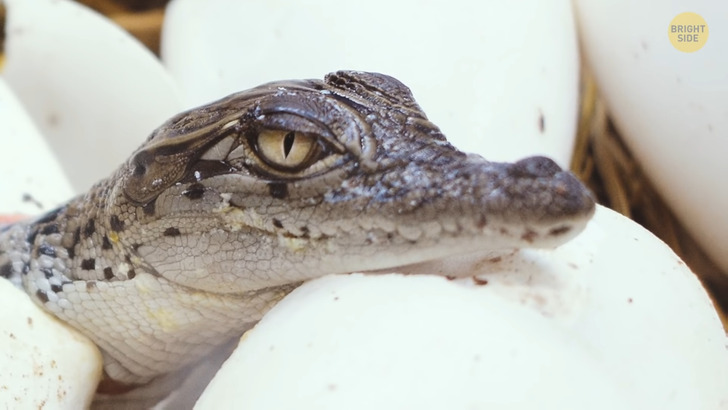
Although the croc teaches her babies to hunt and provides protection from predators, only about 1% of the hatchlings survive to adulthood due to predators and weather conditions. Sad news for any parent, but crocs are cold-blooded reptiles, after all. The only reason they cry is physiological rather than emotional. When crocodiles spend enough time out of the water, their eyes get so dry that they cry to keep them lubricated.
If a baby crocodile manages to survive its childhood, it gets the chance to live a very long life. Just like some other reptiles, turtles, and whales, crocodiles exhibit the so-called “negligible senescence”, or in simple words — a lack of normal aging. It means they don’t actually get older, just bigger and badder. They’re only afraid of getting sick or being attacked by other predators.
Although the average lifespan of crocodiles varies from 50 to 70 years, some of them reach over 100 years. So, in theory, someone may meet a 500-year-old crocodile as huge as an airplane somewhere deep in the tropics. But the chances to survive and tell the tale of this meeting are slim because the crocodile’s appetite grows in proportion to its body.
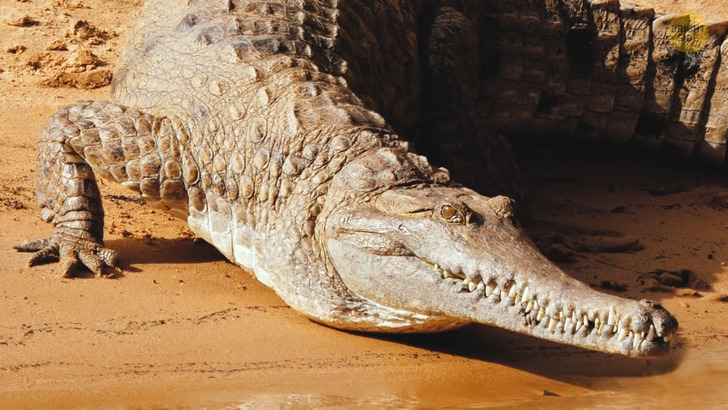
Mr. Freshie, who passed away at the age of 140 years, was the oldest documented crocodile that was in captivity. It was caught in the Moorehead River in 1970 and resided in the Australian Zoo. Mr. Freshie was called after its kind — freshwater crocodile — the breed that has never been witnessed doing any harm to humans.
At the age of 10, when crocodiles reach the body length of about 5–10 feet, they become mature enough to give birth to their own babies. The mating dance involves several steps: males produce a special low-frequency sound which humans can’t perceive. But for crocodile females, it sounds like an invitation to become a mother and continue the gentle parenting tradition.
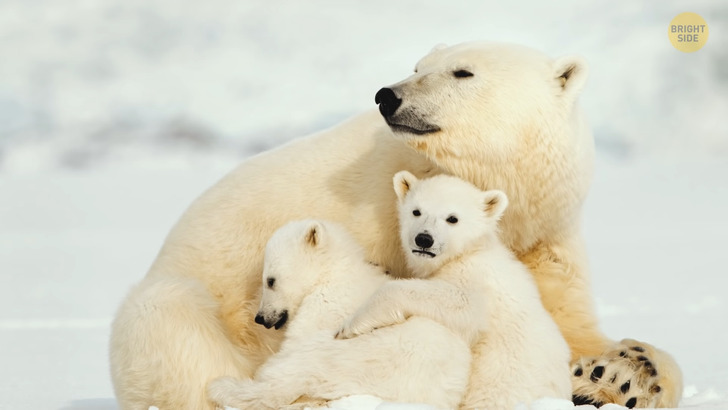
Of course, crocodiles are not the only animals that demonstrate surprisingly high family values and dedication. Polar bears, for example, are very attentive and take time to teach their cubs all necessary survival skills in the cold climate.
While the babies are still in their mother’s belly, polar bears construct a special space by digging into deep snowdrifts. This space serves as a home for the future cubs. They spend the first months of their life getting milk and heat from their mother. Polar bears usually give birth in a period between November and January and don’t allow the cubs to get out until spring. The newborns’ fur is very fine, and they’re not yet ready to face severe colds.
Once the cubs emerge from the den, the mother bear begins to teach them how to survive in the outside world. Babies mimic her every move, learning how to swim, hunt, build dens, and migrate. Mother will fight off predators and larger polar bears and hide her cubs from any threat. After 2–3 years together, babies learn everything they need to know and leave her. But they’ll still be able to recognize their mother throughout their life, which lasts up to 30 years.
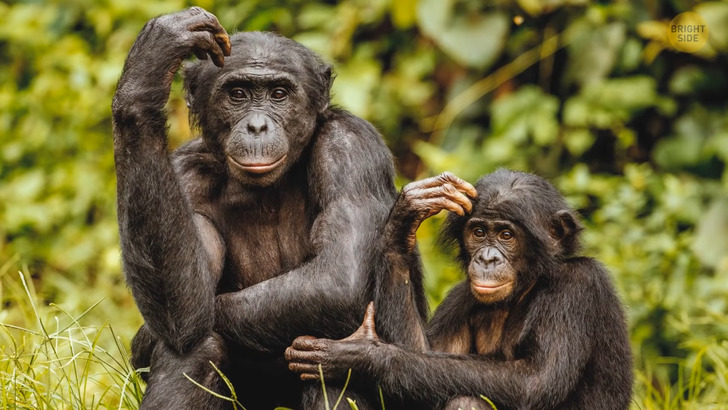
Another example of caring motherhood can be found among our close relatives — primates. Gorillas, chimpanzees, and bonobos (a cousin of the Chimp) embrace and kiss their newborns just like humans. While feeding their little ones, primate females release special hormones associated with motherhood feelings and gentleness.
When it comes to breastfeeding, orangutans are the champions: this process may continue for up to 8 years! In the wild, orangutan mothers nurse their offspring for up to seven years, which is longer than any other primate. During this period, mothers teach their infants to find food and build sleeping nests on their own.
The bond between female orangutans and their mothers is stronger than that of males. Daughters may continue living with mothers until they reach the childbearing age that equals 15 or 16 years. Just like humans, apes may have “mother issues” that impact their social life. Maternal support helps young primates to gain dominance and mating success when they grow up. On the other hand, apes who didn’t get enough nurturing in their childhood, tend to have fewer children when they reach maturity.
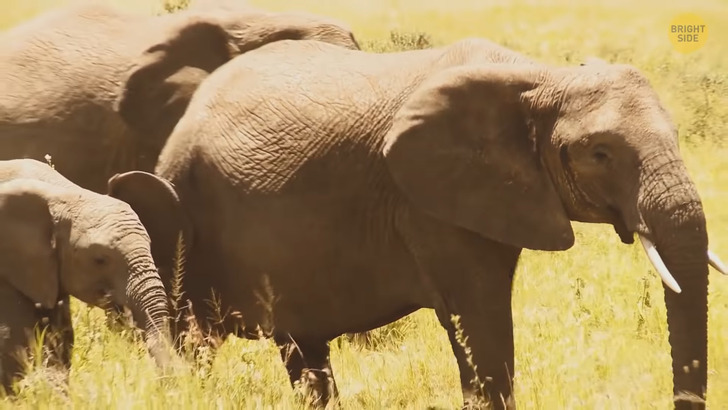
Meanwhile, males of African elephants don’t fight for dominance because all important issues are resolved by females. And every calf in the herd is cared for by everyone equally. A young elephant mother gets the assistance of her sisters and older aunts while giving birth and raising her child. That’s why elephants are considered some of the most protective moms on the planet.
Herds of elephant females and children tend to travel together in a special circle. They put the youngest members of the group inside the circle to protect them from predators. Also, older elephants will adjust the pace of the herd, so the calves don’t get tired and lag behind. Females in the social group will communicate with babies using affectionate gestures and teach them how to find food.
By the way, girl elephants are very attached to their mothers and will typically remain together until the mother passes away from old age. And the average lifespan of elephants is around 65 years or even more. Mothers bear the cubs for two years of that time, so no surprise they’re so attached to each other!
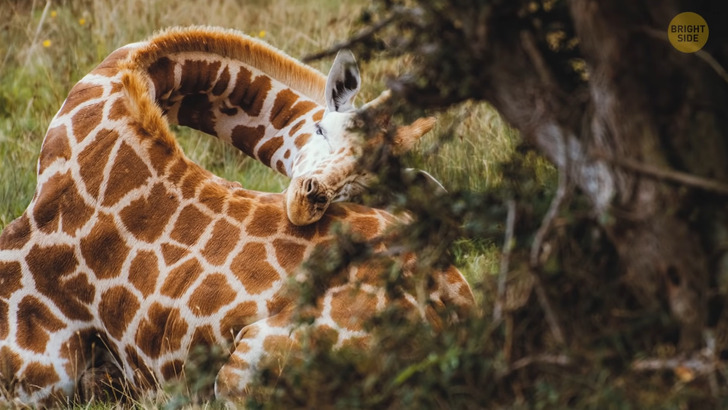
Giraffe females also have a long pregnancy period: 15 months. But it makes sense because the giraffe calf is already on its feet very soon after birth. Mother nurses giraffe babies for about 9 to 12 months. When she needs to go find some food, she will hide her babies or ask other giraffes to look after them.
Like humans, giraffe moms need to stay awake: they can afford to sleep from 30 minutes to a couple of hours a day. And even that in extremely short periods: like, 5–10 minutes at a time! The remaining time is dedicated to guarding and protecting her babies.
Emperor penguin mothers are not afraid of difficulties either. After laying an egg, the female leaves it with a male who protects it from any threat. Meanwhile, the mother takes a long journey of up to 50 miles to reach the ocean shore and catch some fish. When the fishing is over, she returns to the hatching site to feed the fish to her newly hatched babies. Using the warmth of her own body, the penguin female keeps the younger generation safe and warm.











